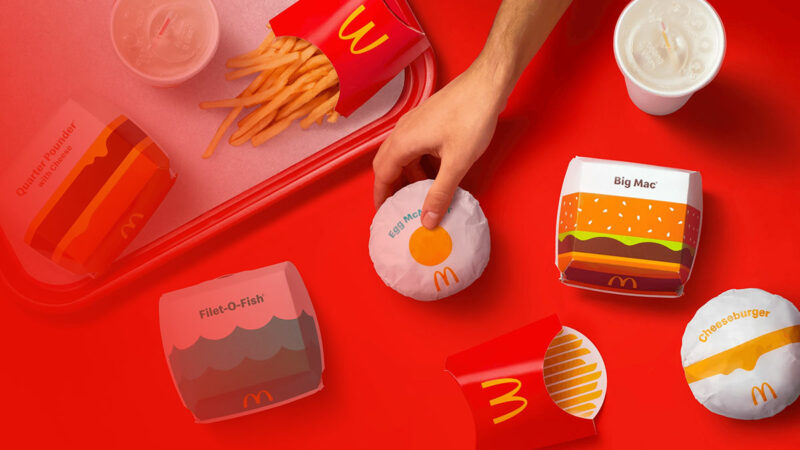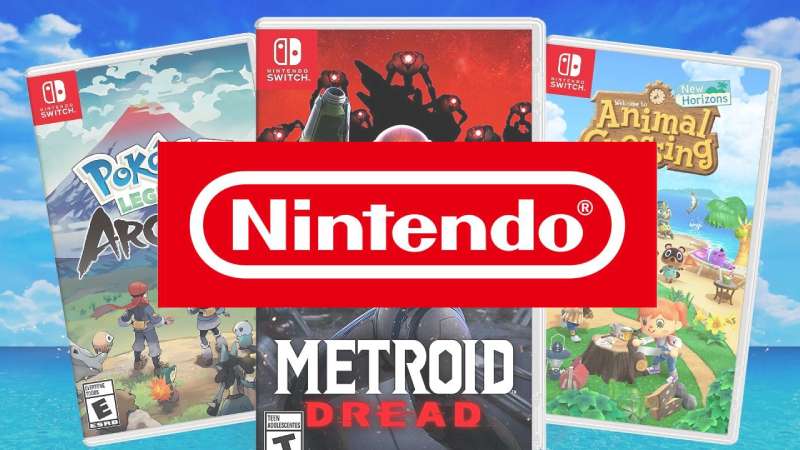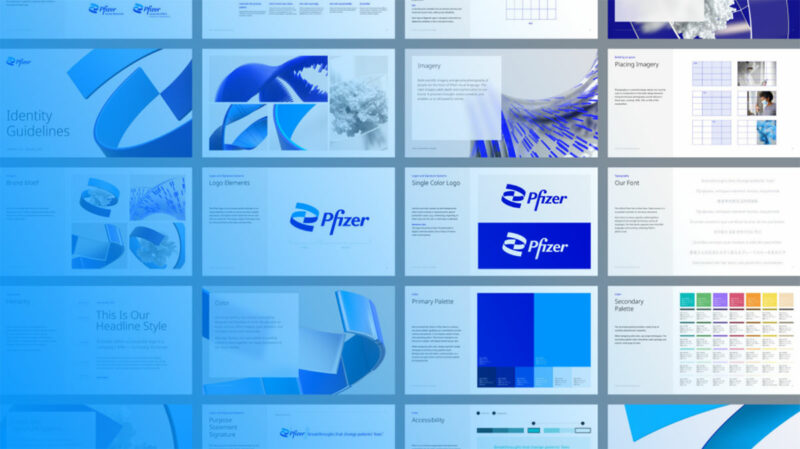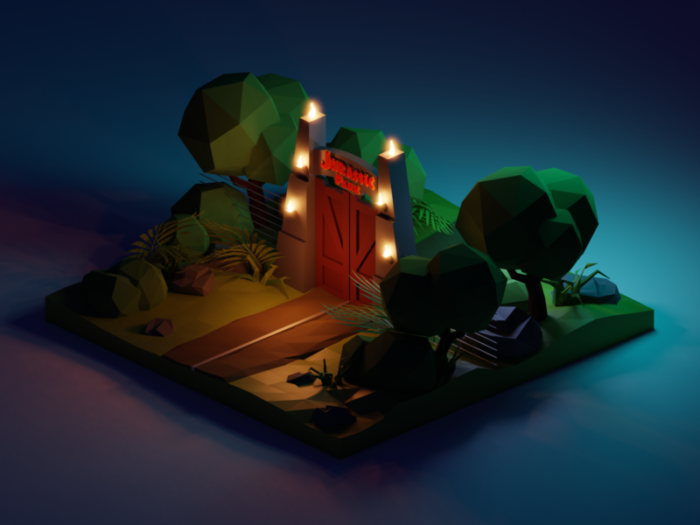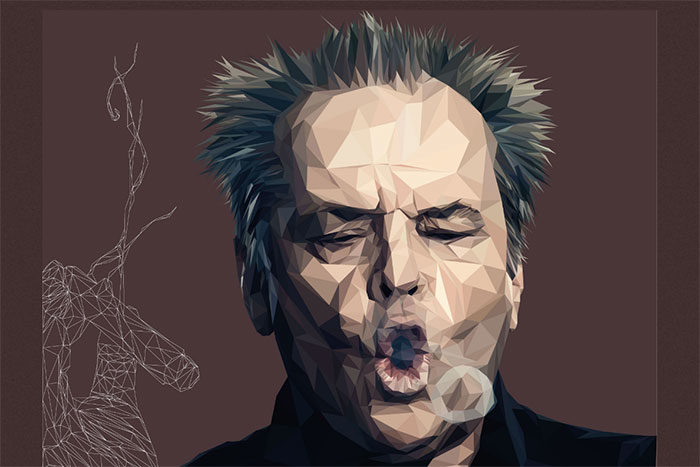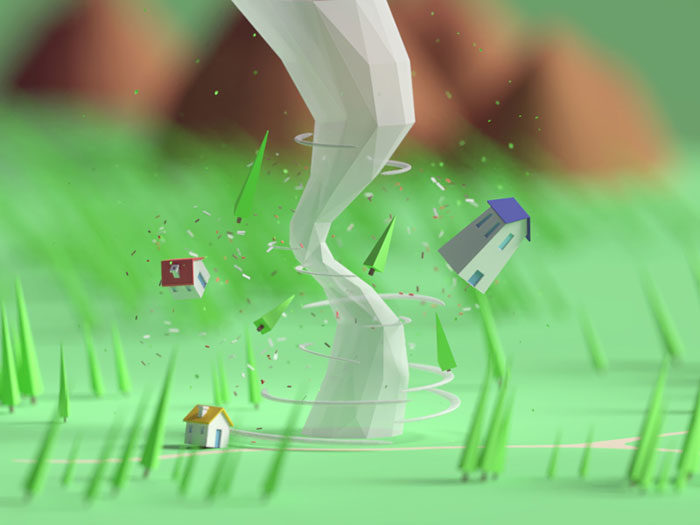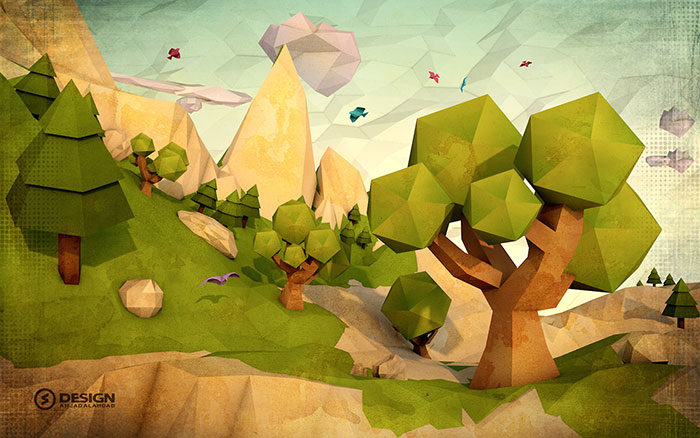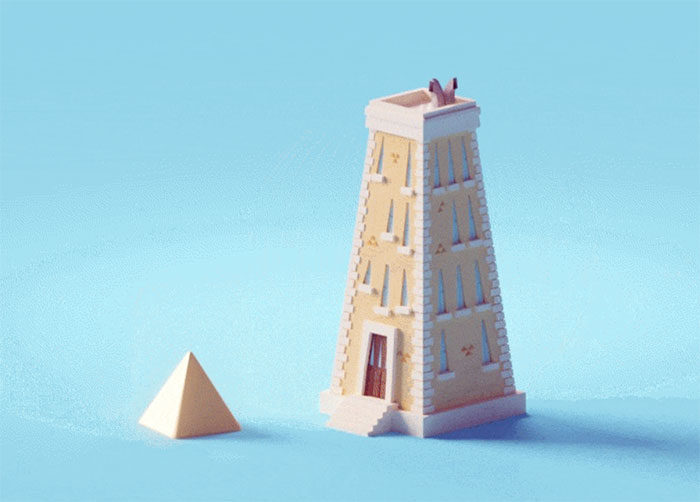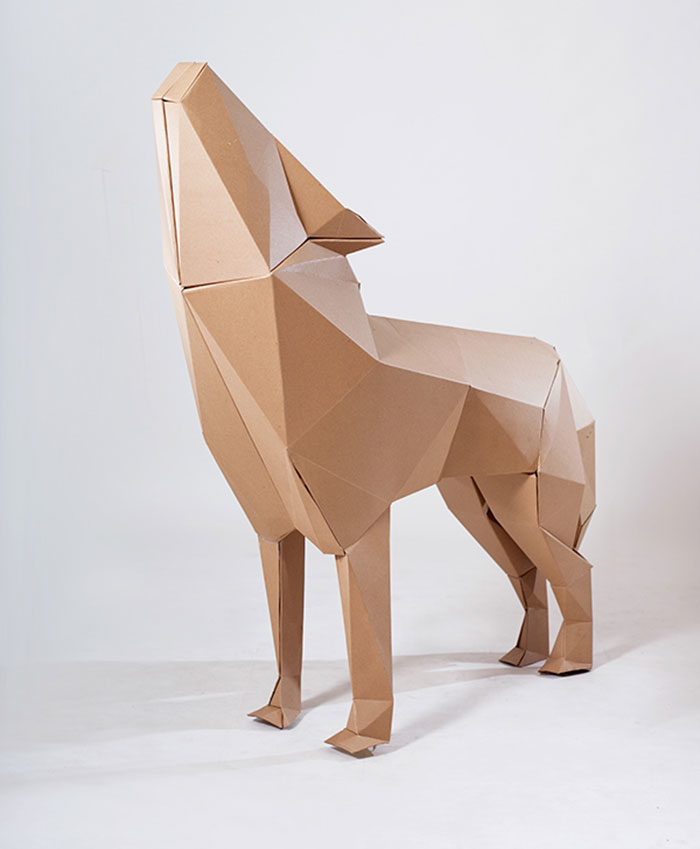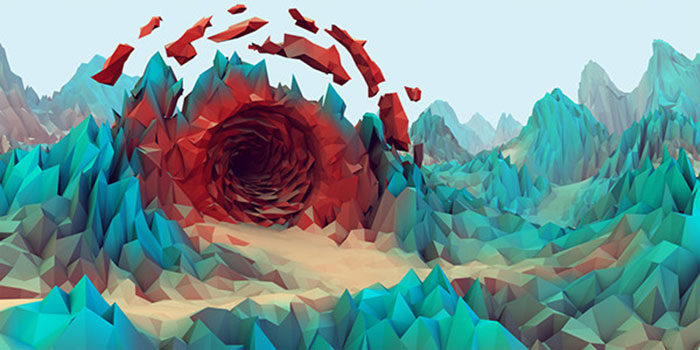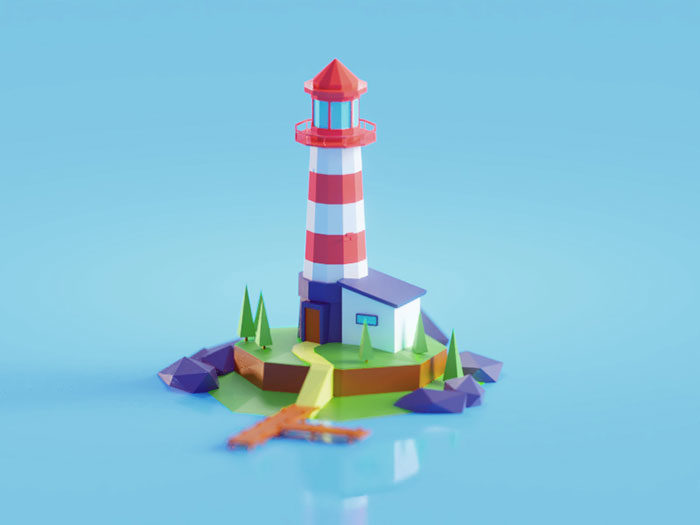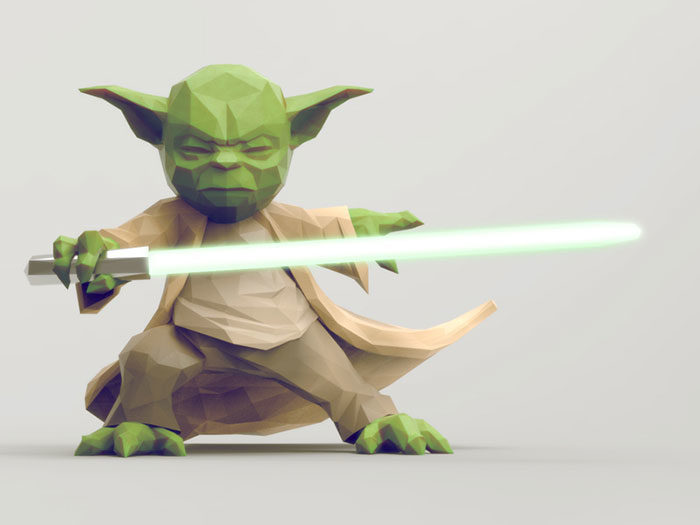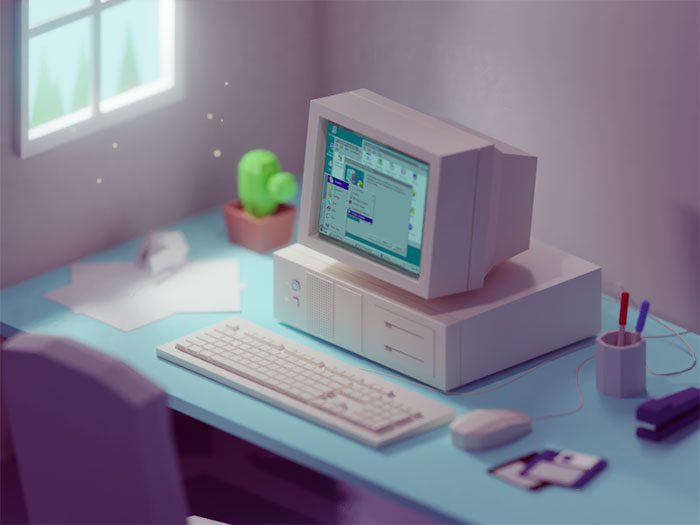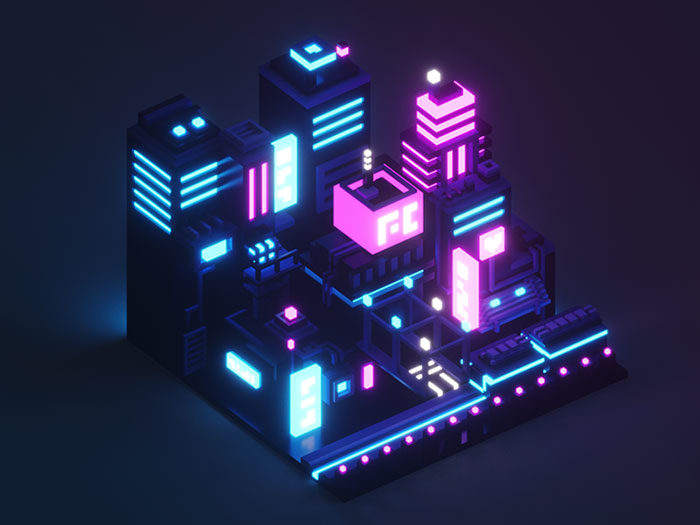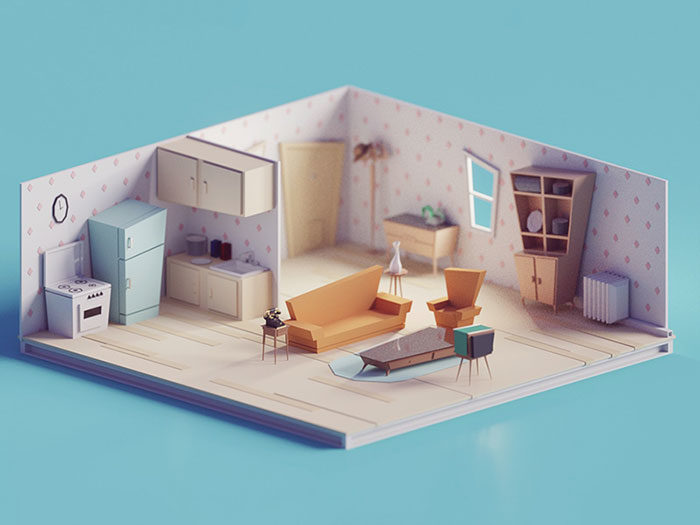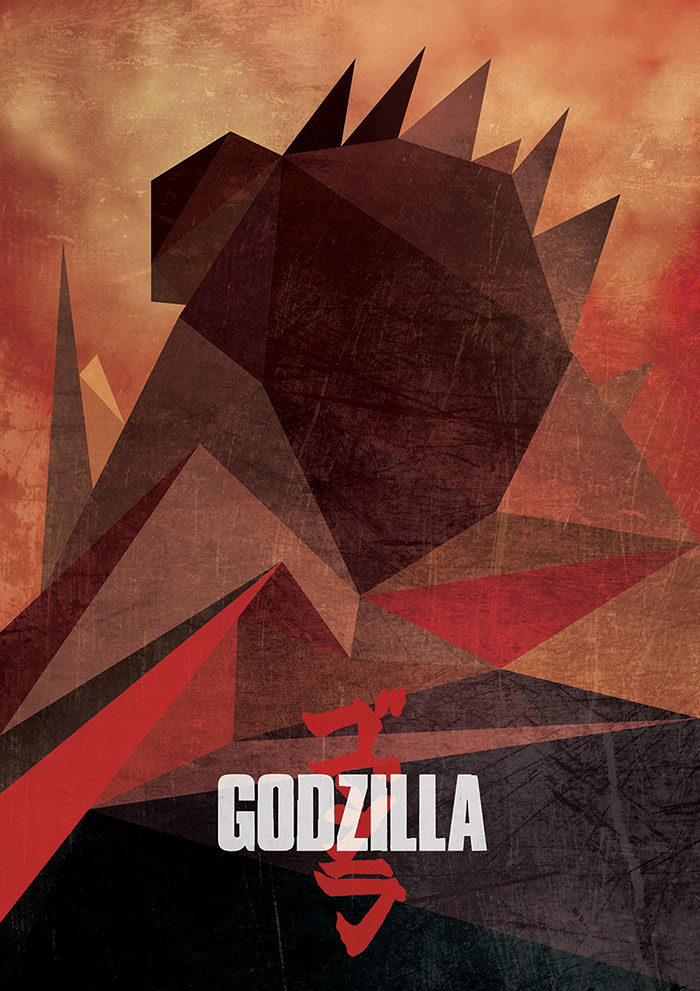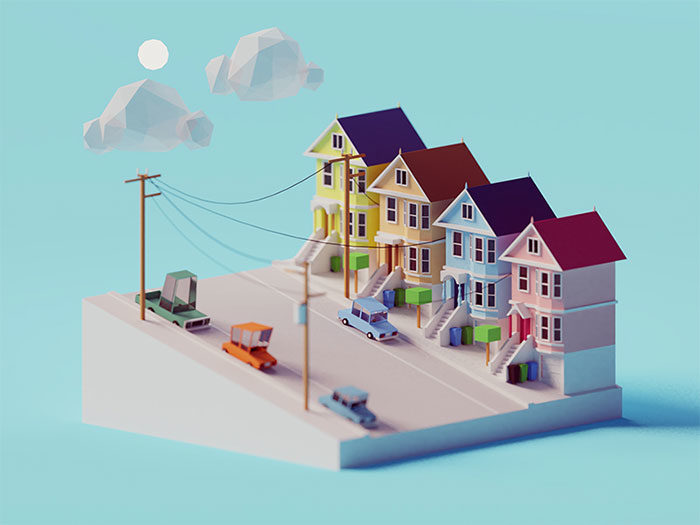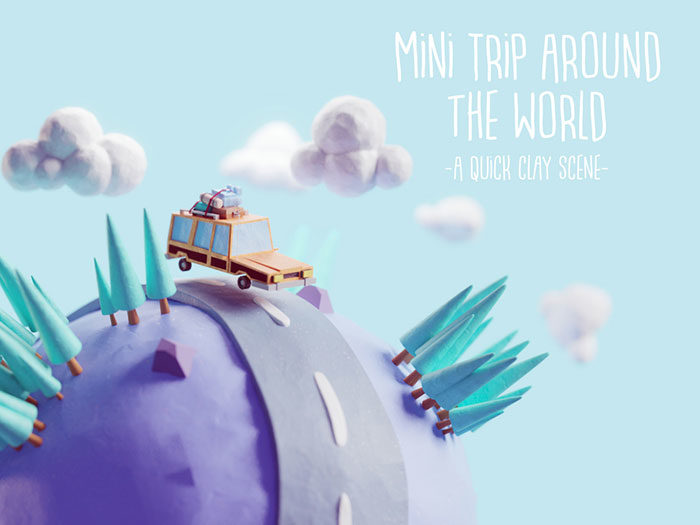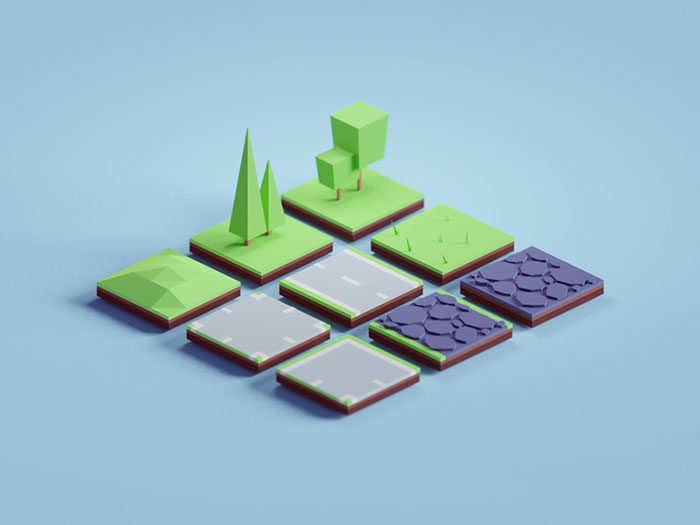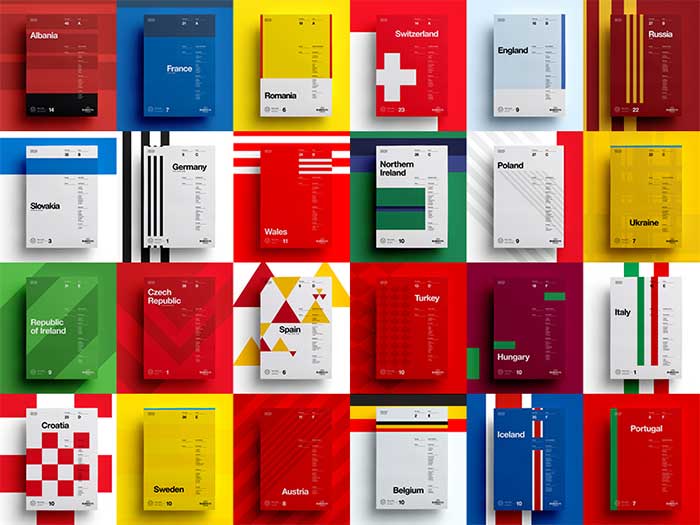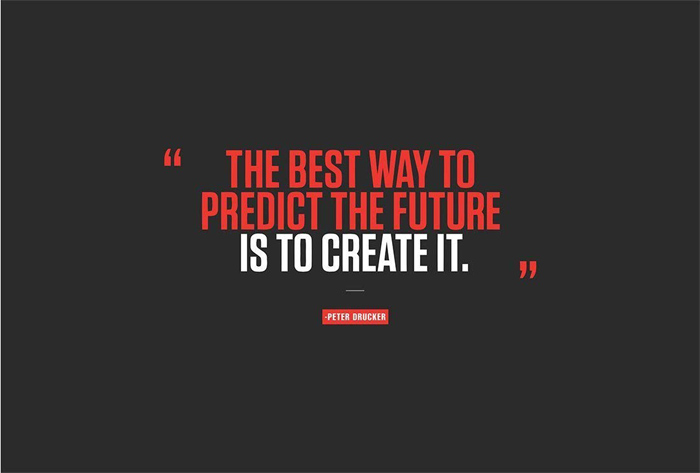What Is Low Poly Art? Exploring the Aesthetics (Plus Examples)
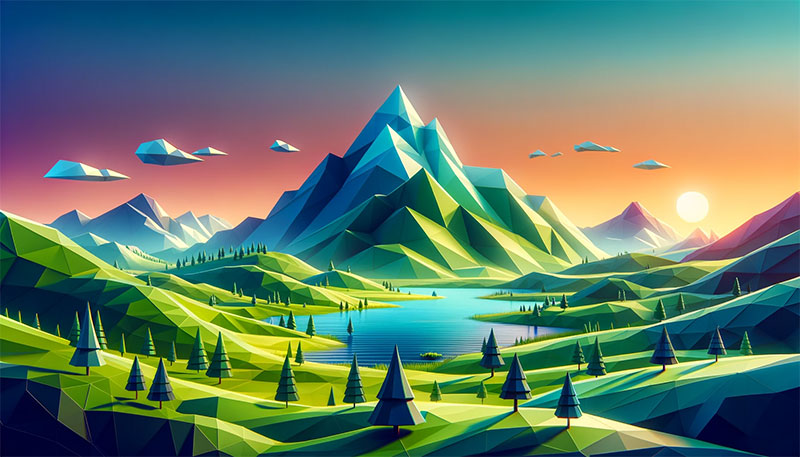
Imagine a world painted with a minimalist brush, where complex forms break into a mosaic of vibrant triangles. Low poly art is that realm, a canvas where simplicity and geometry dance in visual harmony. Long gone are the days when every detail needed to flood the scene.
Here, we embrace the less-is-more aesthetic. This unique corner of digital artistry thrives on low polygon counts, breathing life into abstract shapes and models.
It’s a stylization choice, a deliberate pivot from high-resolution to stylistically elemental design. Think about polygonal art in video games or the sleek lines in modern graphic designs—low poly is everywhere.
By unraveling this art form, you’ll discover a universe beyond the high-poly models that crowd our digital skyscape.
From 3D animation to game art design, your journey through this article will enlighten you. You’ll absorb the creative process of constructing low poly worlds, grasp the core techniques, and even dabble in software that transforms mere vertices into masterpieces.
Ready for a dive into polygonal creativity? Let’s get our triangles aligned!
Table of contents
- Introduction to Low Poly Art
- Historical Development of Low Poly Art
- Core Features
- Advantages
- Famous Examples of Low Poly in Games
- Techniques in Low Poly Modeling
- Tools for Creating Low Poly Art
- Creating Low Poly Art
- Low Poly Examples
Introduction to Low Poly Art
What is Low Poly Art?
Low poly art is a style of digital artwork characterized by its simplistic, geometric shapes and relatively low number of polygons. A polygon is a flat shape with straight sides, and in computer graphics, these polygons are the basic units used to create three-dimensional models.
The term “low poly” refers to the use of a smaller number of polygons to create a model or image.
Definition and Characteristics
Okay, let’s dive right in. When we talk about low poly art, we’re venturing into a world where less is definitely more.
It’s like taking a minimalist approach and giving it a geometric twist.
Imagine shapes and patterns coming together, but with a twist – each shape is like a piece of a puzzle, and together, they create something amazing. That’s the essence of low poly art.
Minimalistic and Geometric Aesthetics
Picture this: you’re looking at an image, and instead of smooth curves or detailed textures, you see triangles, rectangles, all sorts of polygons.
That’s low poly for you.
It’s all about breaking down images into geometric shapes. But don’t let the simplicity fool you. There’s a unique beauty in how these shapes come together to form something complex.
Use of a Limited Number of Polygons
Here’s the cool part – low poly art doesn’t rely on a zillion polygons to make something look real. It’s more about using a few well-placed polygons to create an abstract version of reality.
It’s a bit like low-budget indie games meeting modern digital art. You get the picture? Simple, yet so profound.
Evolution and Popularity
Low poly art didn’t just pop up overnight. It has a history, a journey that’s pretty fascinating.
Origins in Early 3D Computer Graphics
Cast your mind back to the early days of 3D graphics. We’re talking about a time when computers weren’t these super powerful machines they are today.
Low poly started because of those limitations. Designers had to work with what they had, which wasn’t a lot. So, they got creative with fewer polygons. It was all about the performance optimization and speed.
Rise in the 1990s with 3D Video Games
Fast forward to the 1990s, and you’ll see low poly art really taking off, especially in the gaming world. Think of games that blew our minds with their 3D graphics but look kinda blocky now.
That was low poly making its mark. It was a necessity back then but started turning into a deliberate artistic choice.
Resurgence in Indie Games and Mobile Apps
Now, let’s talk about the resurgence of low poly art. We’re seeing it make a comeback, big time, in indie games and mobile apps.
There’s this whole retro gaming vibe mixed with modern aesthetics. It’s not just about the polygon count anymore. It’s about making a statement, creating something that stands out in the sea of ultra-realistic graphics. It’s about bringing back that nostalgic feel but in a fresh, contemporary way.
Historical Development of Low Poly Art
Early Days and Technical Limitations
Let’s roll back the clock and see where this whole low poly art trend started.
Picture it: the early days of 3D graphics, when computers were as bulky as a small car but had about as much power as your calculator today. This was the era of big dreams but small capabilities.
Initial Use Due to Hardware Constraints
Back then, creating detailed 3D models was like trying to run a marathon in flip-flops – possible, but oh-so-difficult.
Designers and artists had to work with what they had, and what they had wasn’t much.
We’re talking low polygon counts, basic texture mapping, and a whole lot of creativity. Low poly art was born out of necessity, a solution to those early hardware constraints.
Examples from Early Video Games
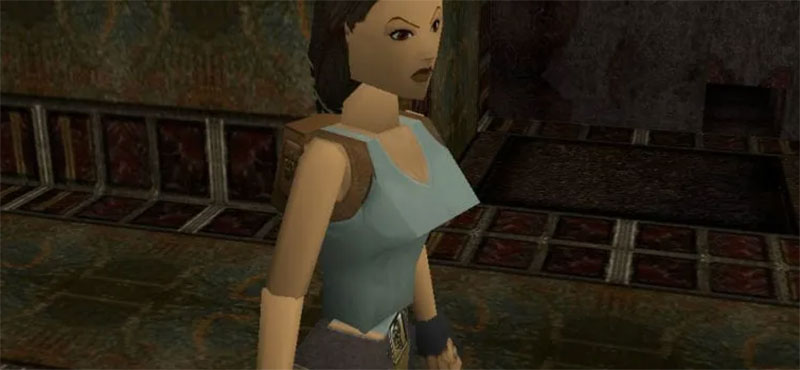
Now, think of the classic video games from the ’80s and ’90s. They were like the wild west of digital art.
Game developers were the cowboys, pushing boundaries with every pixel. This was when low poly art really started to show its potential.
Despite the technical limitations, these games had charm. Their graphics, now a nostalgic nod to the past, were the precursors to modern 3D modeling and game design.
Transition to a Deliberate Artistic Choice
Fast forward a bit, and we see a shift. Low poly art went from being a “we have no choice” to a “we choose this” kind of deal.
Shift from Necessity to Style
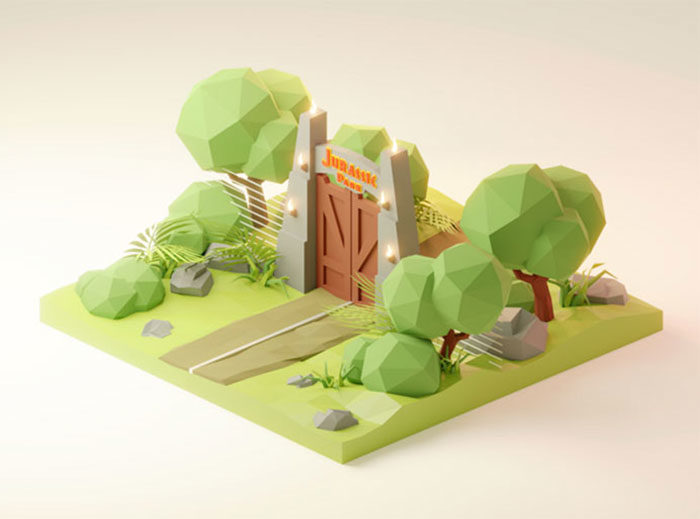
As technology evolved, so did the artistic choices. Low poly art wasn’t just about dealing with limited resources anymore.
It became a stylistic choice, a way to stand out in a sea of hyper-realistic designs. It’s like choosing a classic vinyl record over a digital track.
There’s something about the simplicity and abstract nature of low poly art that just clicks.
Influence on Modern Digital Art and Game Design
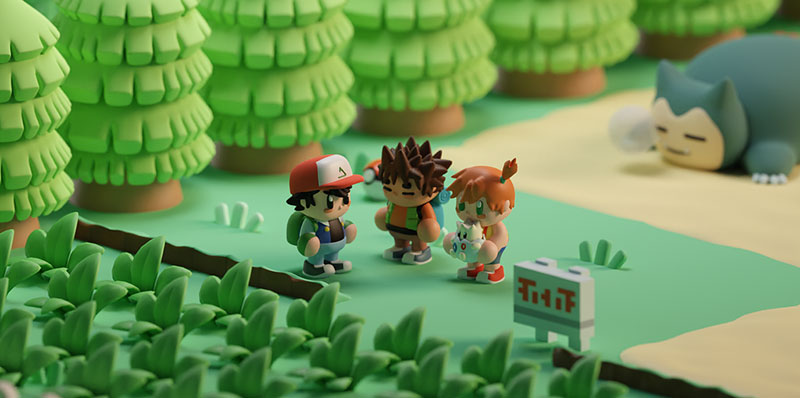
This shift had a ripple effect.
Suddenly, you could see low poly art popping up everywhere – from indie games to modern digital sculptures. It’s like a renaissance, but for polygons.
This art form influences everything from virtual reality experiences to augmented reality applications. It’s not just about gaming anymore.
Low poly art has become a staple in the broader world of digital art and graphic design.
Core Features of Low Poly Art
Aesthetic Elements
Alright, let’s get into the nitty-gritty of what makes low poly art stand out. It’s not just about being minimal; it’s about making a statement with less.
Each polygon in low poly art is like a note in a minimalist symphony – it’s all about how they come together.
Geometric Shapes and Bold Colors
Imagine you’re playing with building blocks. Each block is a shape – triangles, rectangles, you name it. Now, paint them in bold, vibrant colors.
That’s what we’re talking about here. Low poly art is a playground of geometric shapes, each one a piece of a larger picture.
And the colors? They’re not just there to look pretty. They bring out the essence of the shapes, making them pop.
Flat Shading and Minimal Detail
Here’s where low poly art really breaks the mold. Instead of going for ultra-realistic shadows and textures, it keeps things flat and simple.
It’s like choosing a classic comic book look over a high-definition photo. This simplicity isn’t just a style choice; it’s a statement.
It’s about getting more from less, focusing on the overall form rather than getting lost in the details.
Technical Aspects
Now, let’s geek out a bit and talk about the technical side of low poly art. It’s not just about the aesthetics; there’s some real techy stuff going on under the hood.
Reduced Polygon Count
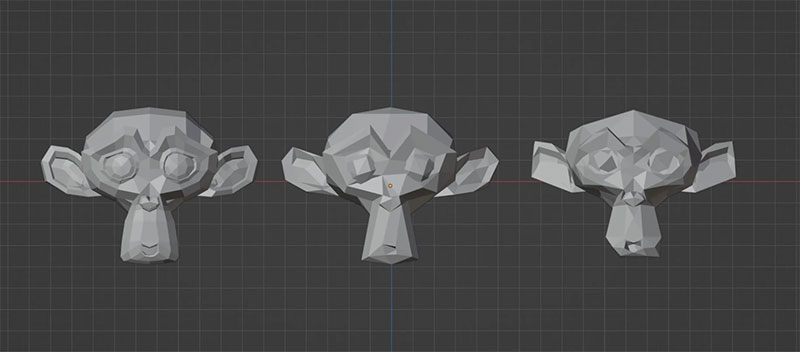
In the world of low poly art, less is more – literally. We’re talking about using fewer polygons to create an image or model.
Think of it like making a portrait with a limited number of brush strokes. Each polygon has to be just right. This isn’t just about making things simpler; it’s about optimization.
Fewer polygons mean less strain on your graphics processing, which is a big deal in game design and mobile app development.
Performance Optimization and Speed
Here’s where low poly art shines. By cutting down on the number of polygons, you’re not just creating a unique look – you’re also making things run smoother.
In the world of game graphics and virtual reality, performance is king. Lower polygon counts mean faster rendering times, smoother animations, and a happier processor.
It’s like choosing a sleek sports car over a bulky SUV – both get you there, but one does it with more style and efficiency.
Advantages of Low Poly Art
Efficiency in Game Development
So, here’s the thing about low poly art: it’s not just a cool style; it’s a game-changer in game development.
Let’s break down why this style is like the secret sauce in the gaming world.
Time-Saving and Cost-Effectiveness
Picture this: you’re creating a game. Every second and every penny counts, right? Enter low poly art. It’s like having a cheat code for efficiency.
With simpler models and fewer details, artists and developers can save heaps of time. It’s less about nitpicking every pixel and more about crafting a solid, visually appealing game.
And less time spent on graphics means more time (and budget) for other cool stuff like gameplay, storylines, and maybe even a killer soundtrack.
Quicker Production and Easy Rendering
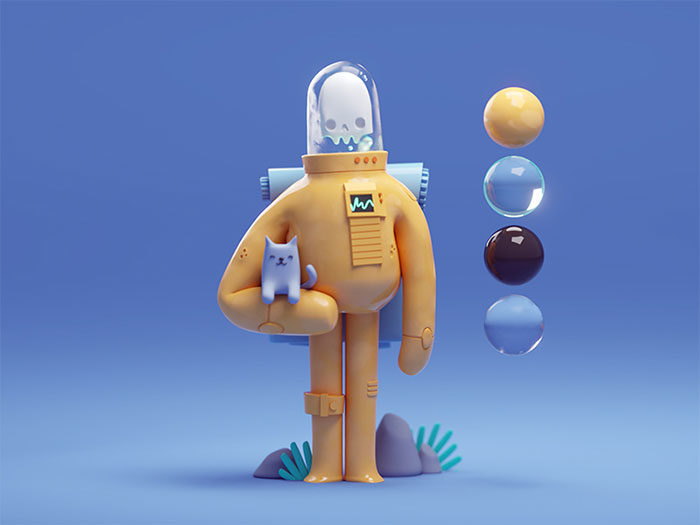
Here’s the techy bit: low poly art is a dream when it comes to production and rendering.
We’re talking about models that are way less complex, which means your computer can process them like a breeze. This is super important, especially when you’re dealing with mobile games or VR experiences. Nobody wants a game that lags or crashes – that’s like a party with no music.
Low poly keeps things running smooth and fast, which is pretty much gold in the gaming world.
Artistic Appeal
Now, let’s chat about the cool factor of low poly art. It’s not just about the tech stuff; there’s a whole vibe to it that’s hard to ignore.
Unique Visual Impact and Nostalgia
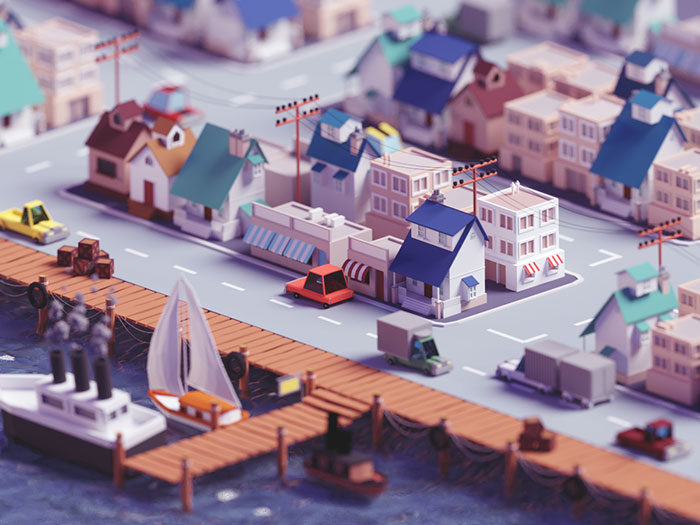
Low poly art has this unique charm, you know? It’s like looking at a modern painting that’s got a hint of retro.
There’s a reason why so many indie games go for this style. It stands out. In a world where everyone’s chasing hyper-realism, low poly goes the other way and nails it.
Plus, there’s this sweet sense of nostalgia to it. It’s like a throwback to those old-school video games, but with a fresh twist.
Flexibility and Creativity in Design
Here’s where low poly art really flexes its muscles. It’s like a playground for creativity.
Artists can play around with shapes, colors, and textures in ways that just wouldn’t fly with more detailed styles.
It’s about breaking the rules, thinking outside the box. Whether you’re creating a whimsical fantasy world or a sleek, abstract space, low poly gives you the freedom to experiment.
It’s like being a kid with a giant box of Legos – the possibilities are endless.
Famous Examples of Low Poly Art in Games
Iconic Low Poly Games
Alright, let’s talk about where low poly art really shines – in the gaming world. There are a few titles out there that have taken this art form and turned it into something epic.
These games are like the hall of fame for low poly art.
Minecraft

First up, let’s talk Minecraft. This game is practically the poster child for low poly art.
It’s all about those blocky, pixelated landscapes that look like they’ve jumped straight out of a retro gamer’s dream.
Minecraft isn’t just a game; it’s a phenomenon, and a huge part of its charm is the low poly art style. It proves that you don’t need hyper-realistic graphics to capture the world’s imagination.
Monument Valley
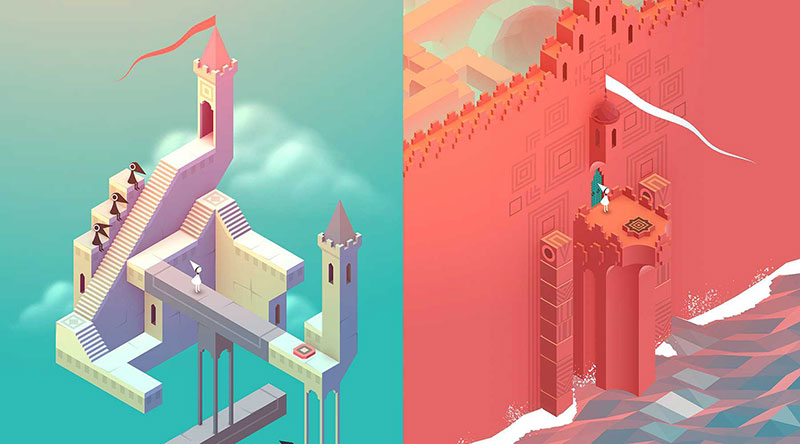
Monument Valley is like a trip through a surreal, geometric landscape. This game takes low poly art and adds a dash of Escher-like optical illusions.
It’s not just about playing a game; it’s about experiencing a piece of art. Every level is a masterpiece of minimalist design and creative texturing, making it a standout example of low poly art in gaming.
Journey

Journey is a game that’s all about, well, the journey. With its sweeping landscapes and flowing sand, it’s like a moving painting.
The low poly art here is subtle, but it’s what gives the game its dreamy, otherworldly vibe. It’s a perfect example of how low poly art can create an emotional, immersive experience.
Other Notable Low Poly Games
But hey, let’s not stop there. The world of low poly art in games is vast and varied. There are so many titles out there that have used this style in cool, creative ways.
Poly Bridge
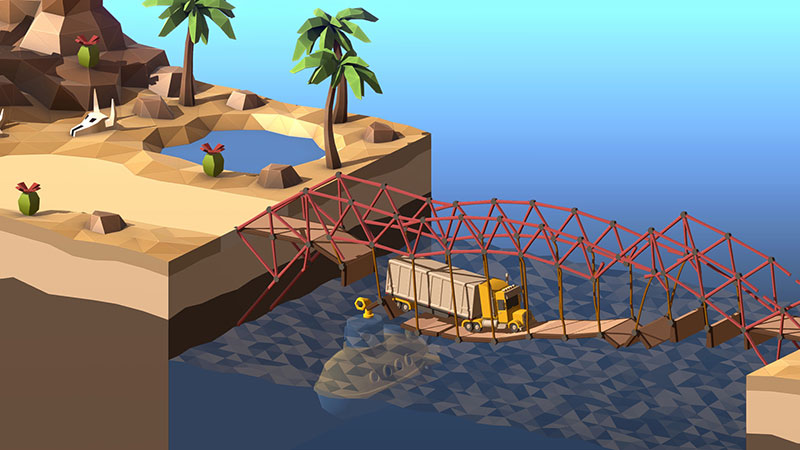
This one’s for the puzzle lovers. It’s a physics-based game where you build bridges, but the real star is the charming low poly art style.
Superhot
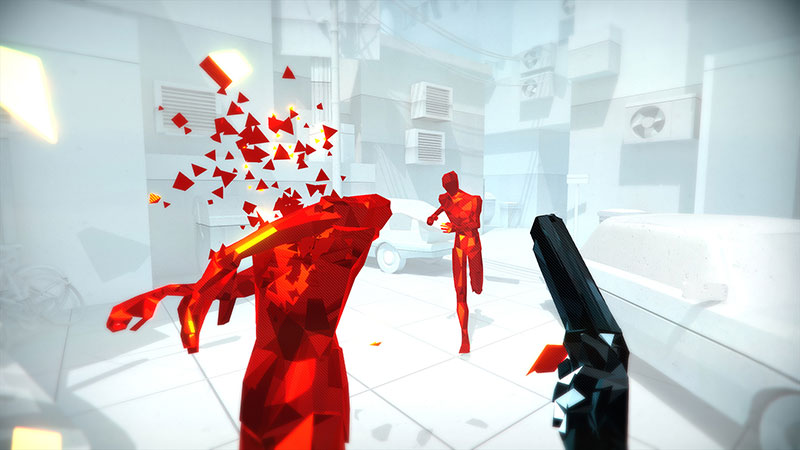
Superhot blends low poly art with a super unique gameplay mechanic – time moves only when you move. The art style here is sleek, clean, and unmistakably low poly.
Fez
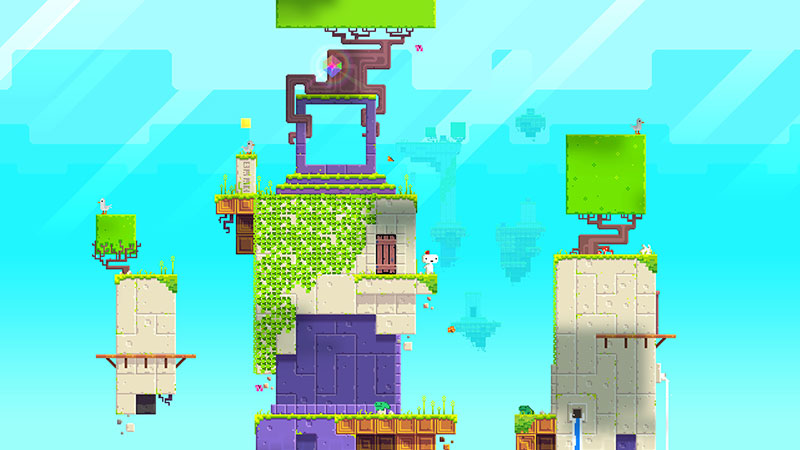
Fez is a cute, quirky puzzle-platformer that plays with 2D and 3D perspectives. The low poly art gives it a nostalgic, yet fresh look.
Techniques in Low Poly Modeling
Common Modeling Techniques
So, you want to get into the nitty-gritty of creating low poly art? Let’s dive into the techniques that make this style so unique and captivating.
It’s not just about reducing details; it’s an art form with its own set of skills.
Extrusion

Extrusion is like the bread and butter of low poly art modeling. Think of it like playing with clay.
You start with a basic shape, and then you pull and push it to form new shapes.
It’s a simple but powerful way to build the basic structure of your models. Whether it’s a character, a tree, or a building in your game, extrusion is your go-to move.
Subdivision

Subdivision is all about smoothing things out. You’ve got your basic shape down, but it’s a bit too blocky, right?
That’s where subdivision comes in. It’s like adding more clay to your model, making it smoother and more refined. But remember, we’re in the low poly art world, so it’s all about finding that sweet spot between simplicity and detail.
Chamfers/Bevels

Chamfers and bevels are like the final touches that bring your model to life.
They’re all about adding those little angles and edges that give your model more definition and character. It’s the difference between a flat, lifeless shape and something that looks like it could jump off the screen.
Creating and Texturing Models
Now, let’s talk about bringing color and texture into our low poly art. It’s one thing to build a model, but it’s another to make it pop with personality.
Simplified Textures and Strategic Detailing

In the world of low poly art, less is more, even with textures. You’re not going for photo-realism; you’re aiming for style.
So, think broad, simple textures. Use bold, vibrant colors to make your shapes stand out. And when it comes to detailing, be strategic.
A few well-placed details can make a world of difference, giving your model character without overcomplicating it.
Efficient UV Mapping and Silhouette Emphasis
Efficient UV mapping is key in low poly art. It’s all about how you wrap your texture around your model.
You want to make sure every polygon gets its moment to shine. And don’t forget about the silhouette. In low poly art, the silhouette is everything. It’s what makes your model recognizable and memorable.
So, put some thought into how your model looks from different angles. It’s not just about the front view; it’s about the whole package.
Tools for Creating Low Poly Art
Software Recommendations
Alright, let’s talk tools. If you’re itching to create some low poly art, you’re gonna need the right software.
It’s like a chef needing the right knives, you know? Let’s check out some of the top picks.
Blender

First off, Blender. This one’s a no-brainer. It’s free, it’s powerful, and it’s got everything you need to start creating low poly art.
Blender is super versatile – you can model, texture, animate, the whole shebang. It’s like the Swiss Army knife of 3D software. Plus, there’s a ton of tutorials out there, so you can start from scratch and work your way up.
Maya

Maya is like the big sibling of Blender. It’s a bit more complex, and yeah, it’s not free. But it’s a powerhouse.
If you’re looking to get into some serious 3D modeling or animation, Maya’s got your back. It’s a staple in the professional world, so if you’re thinking of making a career out of this, Maya’s worth a look.
3ds Max

3ds Max is another heavy hitter. It’s especially popular in the gaming and film industries.
So, if you’re dreaming of creating the next big indie game or working on some mind-blowing VFX, 3ds Max could be your ticket. It’s got a bit of a learning curve, but once you get the hang of it, it’s like having superpowers.
Other Tools for Specific Needs
Now, let’s not forget about the other tools that can make your low poly art journey smoother.
- Unity and Unreal Engine: If you’re more into the gaming side, these game engines are where it’s at. They’re not just for programming; you can do some pretty cool art stuff in them too.
- Substance Painter: For texturing, Substance Painter is like a magic wand. It’s all about giving your low poly models that extra oomph.
- ZBrush: While it’s more known for high-poly work, ZBrush can be a great tool for adding details to your low poly art.
Creating Low Poly Art
Step-by-Step Process

Alright, so you’re ready to dive into the world of low poly art. It’s not just about slapping some polygons together; there’s a bit of a process to it.
Let’s break it down, step-by-step.
Reference Photo Selection
First things first, pick your muse. What are you going to create?
A cool character, a serene landscape, maybe something abstract? Grab some reference photos to guide you.
They’re like your map in this artistic journey. It’s all about getting inspired and having a clear vision of where you’re headed.
Shape Determination and Symmetry
Next up, it’s time to play with shapes. Remember, low poly art is all about those geometric vibes. Start breaking down your reference into basic shapes.
Triangles, squares, circles – it’s like going back to kindergarten, but way cooler. And symmetry? It’s your best friend. It keeps things balanced and pleasing to the eye.
Filling Shapes and Background Contrast
Now, bring in the colors. Fill in your shapes with bold, vibrant hues. Think about contrast and how the colors play off each other.
It’s like a dance, where each color has its part to play. And don’t forget the background. It’s not just an afterthought; it can make or break your piece.
A good contrast between your model and the background? Chef’s kiss!
Low Poly Examples
Jurassic Park Night Diorama
Low Poly Jack Nicholson (Digital Art, Illustration)
A great poly portrait of Jack Nicholson smoking a cigar comprised of 2520 polygons.
Winter Wonderland
Tiny Tornado
Low Poly Landscapes (Digital Art, Photography)
A series of low poly art style landscapes created using Photoshop and Adobe Illustrator.
Shapes! (Building Version)
CapaRoja (Red Cape) (Fine Arts, Industrial Design)
This low poly art project is a cardboard installation. This low poly art style focuses on memories of childhood using cardboard polygons.
Quick Room Render (Night Version)
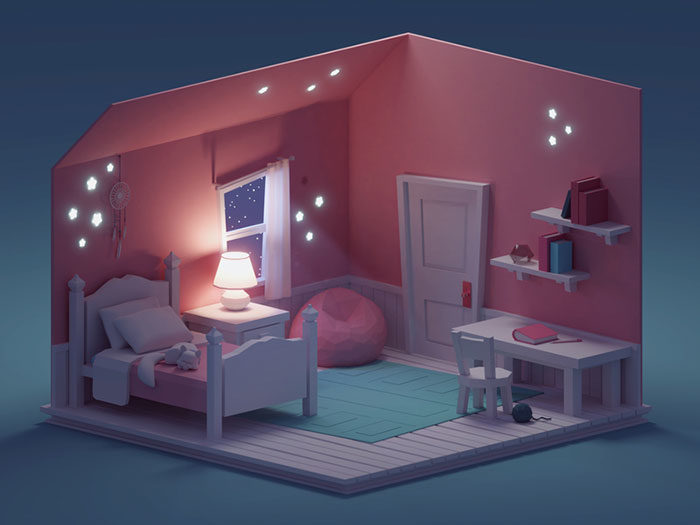
Low Poly Series (Illustration, Landscape Design)
Beautiful low poly art style landscapes.
Low poly Lighthouse
Low Poly Characters (Character Design, Digital Art)
A series of low poly images which create fantasy and action/adventure themes.
90s work desk
Low Poly Nature
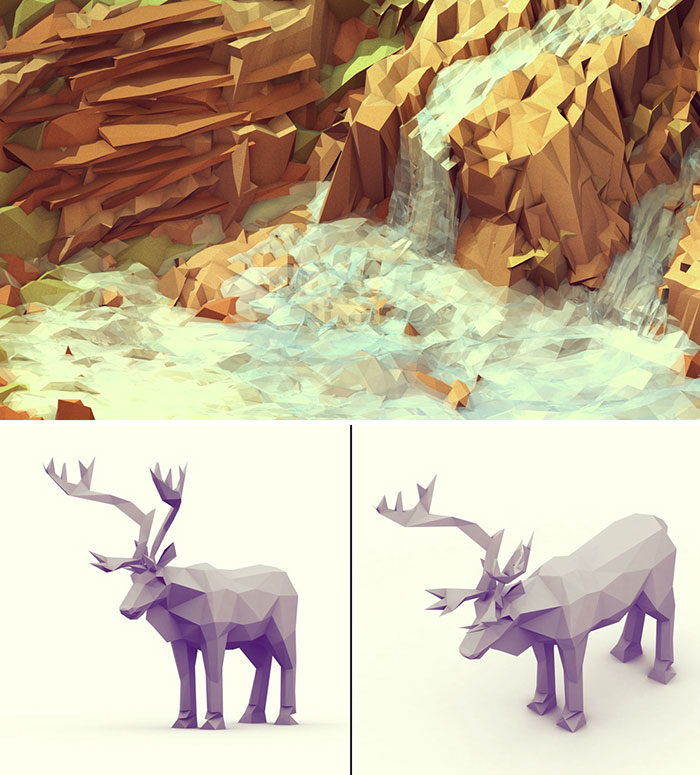
Low poly art has been used to create beautiful images of the natural world, using geometric shapes. The Everywhere Project shows the gorgeous waterfalls of Diamantina in Brazil.
You can also see beautiful images of animals commissioned by Greenpeace. These animals formed a part of the ‘Save the Arctic’ conference and were included on banners.
See more of Timothy’s work on his website.
Low Poly City
Castles
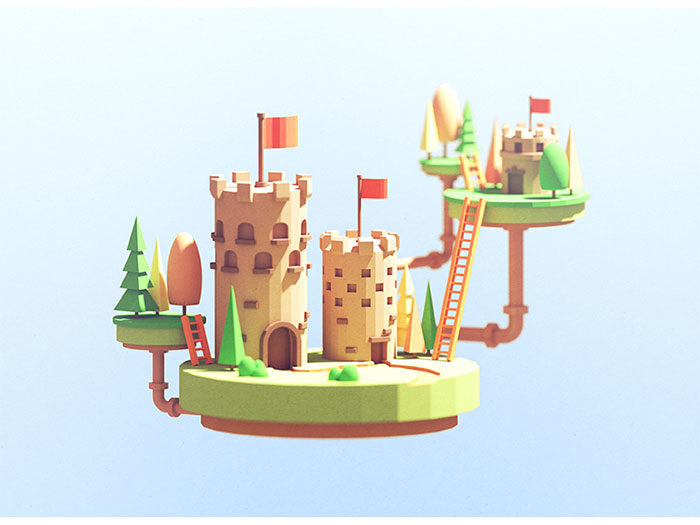
Isometric Neon City
60s/70s Low poly living room
Low Poly Movies Posters (Graphic Design)
Beautiful illustrations can be created out of low poly art and you can see some examples in movie posters for Captain America; Maleficent, The Winter Soldier and Interstellar.
SF scene
Finders Keepers Icons
Elephant
Mini Trip Around the World
Random 3D tiles
Design and Brending
FAQ About Low Poly
How do you make low poly art?
Making low poly art, you start with a basic mesh, right. Keep it simple. Fewer polygons, less complexity. Then, you mold this mesh into whatever form you’re after.
Programs like Blender? Total game-changers. They let you arrange and color these geometric shapes until you’ve got something awesome.
Why is low poly art popular in games?
In games, low poly is the sweet spot for awesome visuals without bogging down your system. It’s find that balance, right? Detailed enough to look cool, not so detailed that your game lugs. Plus, it’s got style. Makes you think of retro games, but with a modern twist.
What software is used for creating low poly art?
Software for low poly? There’s plenty! Blender is a big one; it’s powerful and free. There’s Cinema 4D for the high-end stuff, Unity, and Unreal Engine when you’re game making.
Each has its own perks for digital art and game design. They let you turn basic shapes into epic visuals.
Can low poly art be 3D printed?
Absolutely. Low poly art can jump off the screen and into your hands with 3D printing. Think of it like this: If you can model it, you can print it.
Just ensure your design is watertight—no gaps or holes—so the print holds up.
Is low poly art considered modern?
Yeah, low poly art is pretty modern. It’s got that digital-age birthmark, you know. Started popping up when 3D models needed to lighten the load for computers.
Now, it’s not just practical; it’s aesthetic. It’s minimalist, and that’s totally in, especially in digital sculpture and vector artwork.
How time-consuming is low poly art?
Time-consuming? That’s relative. Low poly art can be quicker to whip up compared to hyper-detailed stuff. Simple polygons, basic textures. But hold up, it’s not a cakewalk either. You need a good eye, patience, and creativity. Like mastering any art, it takes practice.
What are the best tutorials for learning low poly art?
Looking for tutorials? The internet’s your oyster. ArtStation and Behance showcase pro work, great for inspiration. For learning, hit up YouTube. Tons of free guides there. Want more structured learning? Online platforms like Skillshare or Udemy, they’ve got courses specifically for 3D modeling and low poly techniques.
Can low poly be animated?
Can it be animated? Oh, definitely. It’s like bringing a geometric painting to life. Since low poly models are lighter to work with, you can animate them without needing a supercomputer.
Tools like Blender or Autodesk Maya, they’re made for this stuff. You can create some really dynamic scenes.
What’s the future of low poly?
The future, huh? It’s looking bright. As tech advances, there’s more room to play with style over realism.
Plus, low poly has that timeless charm. It’s versatile—fits anywhere from indie games to NFT art. And with VR and AR growing, expect low poly to pop up in some mind-blowing places.
Conclusion
So, we’ve reached that part where the curtains close on our low poly art journey. It’s been a wild ride through a land where less really is more.
With every click and drag, magic happens. You’ve seen how 3D modeling turns into angular masterpieces, and polygons become your paint. From a minimalist’s dream in graphic design to the nostalgia-laden realms of indie gaming, it’s clear—low poly’s not just a phase; it’s here to stay.
Main takeaways, right?
- Simplification is key.
- Less is, indeed, more.
- Creativity doesn’t scream; it whispers in angles and vertices.
Ready to create? Jump into Blender or whip up some magic in Unity. No matter your tool, remember: every triangle you place is a piece of the bigger picture. And who says you can’t animate your creations? Low poly moves, quite literally, with its lightweight beauty to stir up scenes in motion.
If you enjoyed reading this article about these low poly, you should read these as well:
- Geometric logo design: examples you should check out
- Using a red color palette and the various shades of red
- Character Design: Tips On How To Design Characters
- Summer Color Palettes for Hot Designs: 40 Examples - 23 April 2024
- Corporate Identity Examples Any Designer Should See - 23 April 2024
- The Nintendo Logo History, Colors, Font, And Meaning - 22 April 2024



